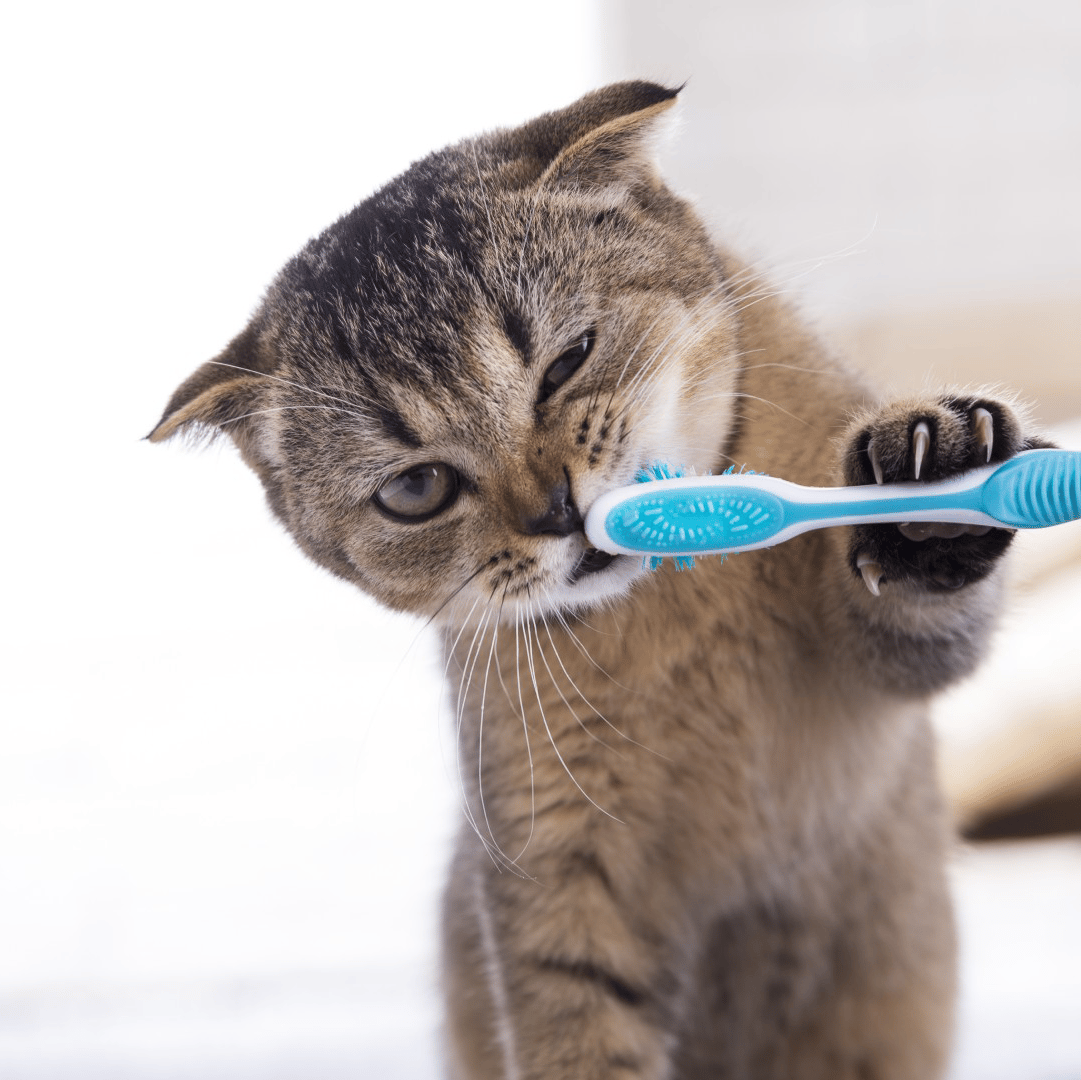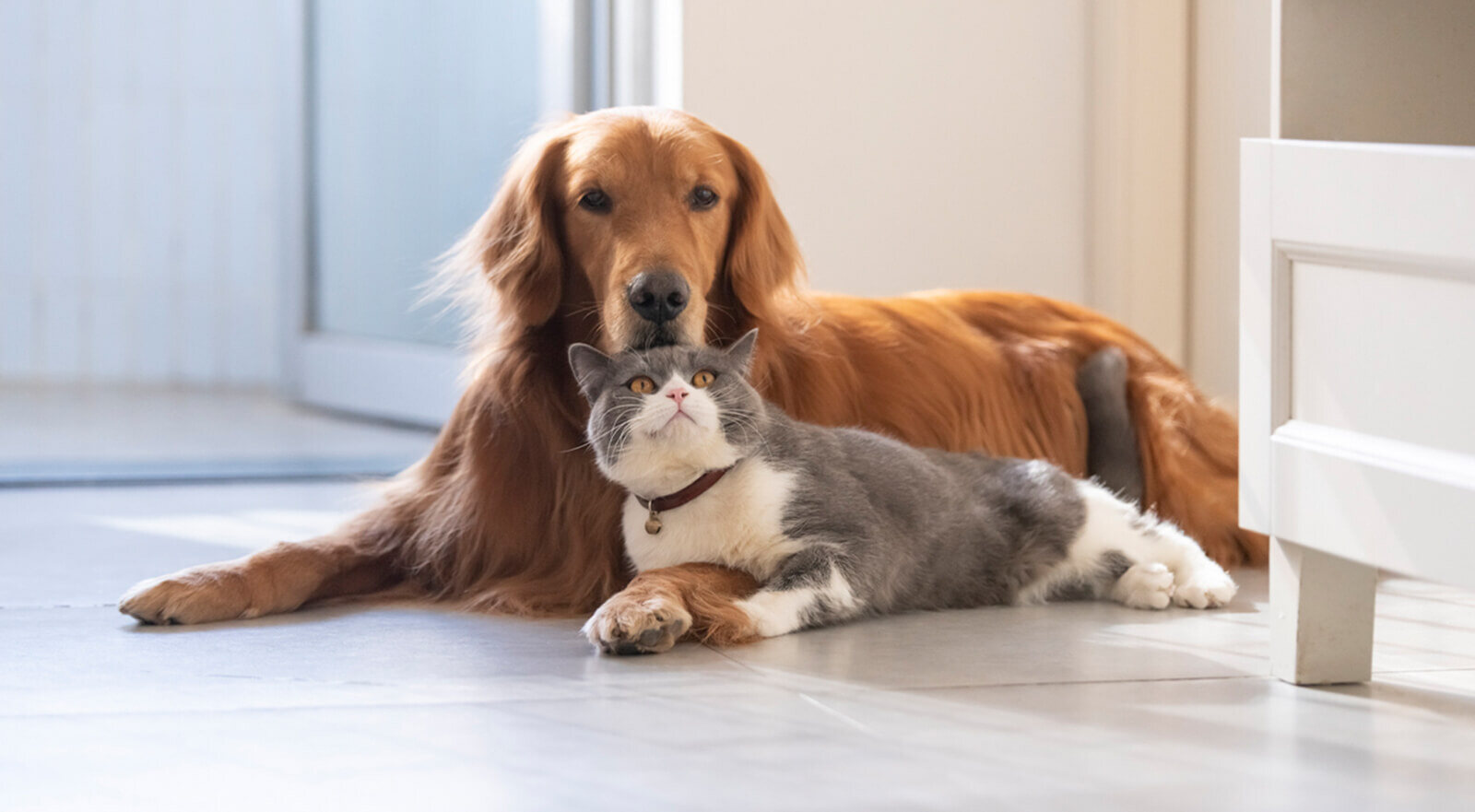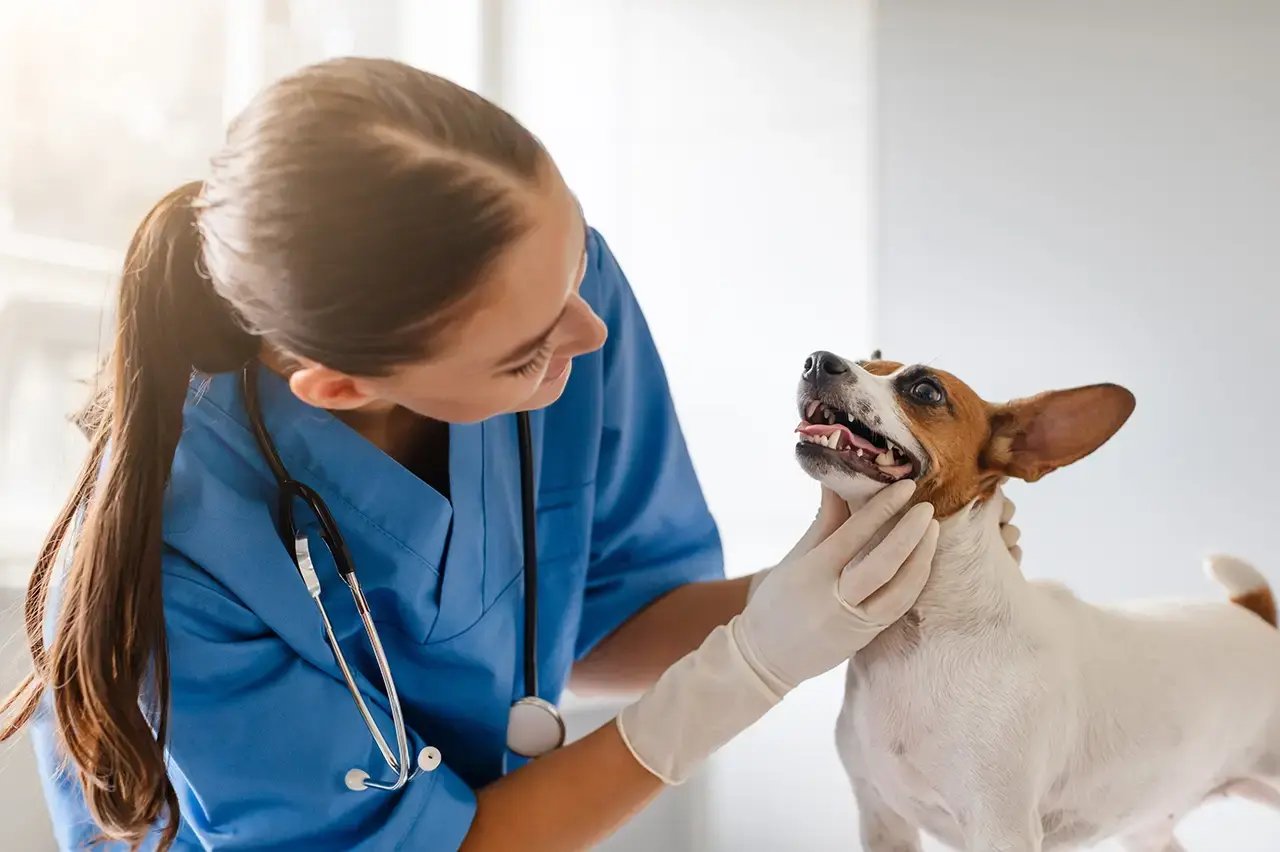
Dental Exams for Dogs
During a dog’s dental exam, the veterinarian will check for signs of dental disease, such as tartar buildup, gum inflammation, loose or damaged teeth, and oral infections. These exams help detect and treat oral health issues early, preventing more serious conditions. Dogs should have a dental exam at least once a year, though more frequent check-ups may be recommended for certain breeds or dogs with existing dental issues.
Dental Exams for Cats
At a cat's dental exam, the veterinarian inspects the teeth and gums for tartar, plaque buildup, gum disease, and signs of tooth resorption, a common issue in cats. These exams are essential for preventing painful oral conditions and detecting potential health problems early. Cats should receive a dental exam at least once a year or as recommended by their vet.

The Importance of Dental Care for Your Pet
- Prevents dental disease: Regular care helps avoid issues like plaque buildup, tartar, gum disease, and tooth decay.
- Avoids pain and discomfort: Dental problems can be painful for pets, leading to difficulty eating, chewing, or playing.
- Prevents infections: Oral infections can spread to other areas of the body, including the heart, liver, and kidneys.
- Improves overall health: Good dental hygiene supports your pet's general well-being and longevity.
- Freshens breath: Regular cleanings and proper care keep your pet’s breath pleasant.
- Saves on future costs: Preventive dental care reduces the need for costly treatments like tooth extractions or surgeries down the road.

About Our Pet Dental Exams
- Teeth for tartar buildup, fractures, or discoloration
- Gums for signs of inflammation, redness, or bleeding (gingivitis)
- Loose, broken, or missing teeth
- Bad breath (halitosis)
- Oral cavity for growths, lesions, or abnormalities
- Jaw alignment and bite (occlusion)
- Signs of pain or discomfort in the mouth
- Cheeks, tongue, and lips for ulcers or injuries
- X-rays to assess tooth roots, bone health, and underlying issues below the gum line
- Presence of periodontal pockets or gum recession

Preparing Your Pet for a Dental Exam
Preparing your pet for a dental exam can help make the experience smoother and less stressful for both of you. Start by familiarizing your pet with gentle handling around their mouth. Gradually lift their lips and gently inspect their teeth to get them used to having their mouth examined. You can also introduce dental-friendly treats and toys to create a positive association with oral care. If your pet isn’t already accustomed to toothbrushing, begin brushing their teeth gently a few days before the exam using a pet-safe toothbrush and toothpaste.
On the day of the exam, ensure your pet is calm and comfortable. A good walk or some playtime can help them release excess energy. Avoid feeding your pet right before the appointment, as your veterinarian may prefer an empty stomach if sedation or anesthesia is needed. Bring along any medical history or dental records, and communicate any concerns you have with the vet. Being calm and reassuring will also help ease your pet’s anxiety and make the dental exam a more positive experience.
